
The Integrated Waste Treatment Unit has progressed to treating sodium-bearing waste entirely, the next step in efficiently removing remaining liquid radioactive waste from nearby Cold War-era underground tanks and closing them to protect the environment.
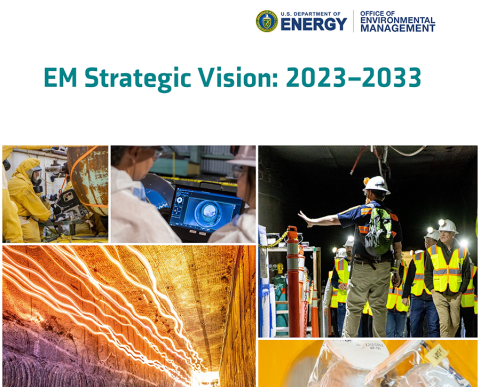
EM released its Strategic Vision 2023-2033, a blueprint to the program’s anticipated cleanup achievements over the next decade.
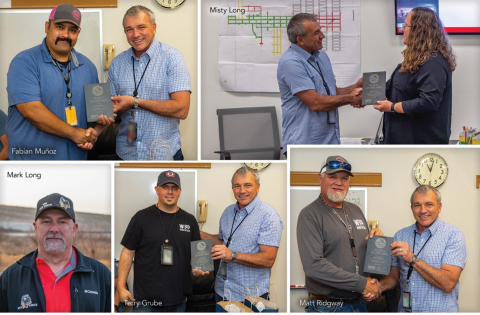
Members of EM’s Waste Isolation Pilot Plant (WIPP) mine rescue teams recently put their lifesaving skills into action, possibly saving a young woman’s life as they were returning from a mine rescue competition in Ruidoso, New Mexico.
Since the launch of operations just over a month ago, the Integrated Waste Treatment Unit (IWTU) has increased sodium-bearing waste treatment fivefold, a crucial step in removing remaining liquid waste from nearby underground tanks.
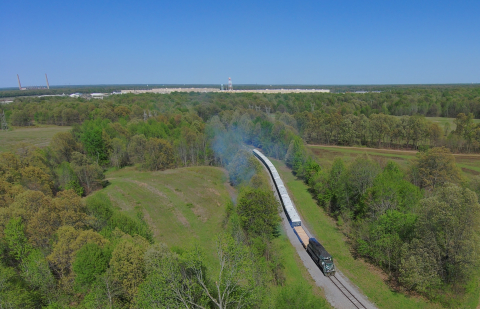
EM has successfully commenced a major disposal effort for a key uranium-enrichment byproduct with the recent arrival of 60 uranium-oxide storage cylinders by rail at a licensed facility in west Texas.
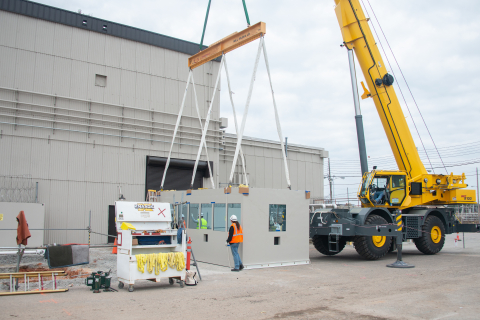
A recently delivered Security Inspectors Operation Area, seen here being moved into the main production area in K Area, will allow remote inspections of employees working on the surplus plutonium disposition mission at the Savannah River Site.

EM’s Waste Isolation Pilot Plant (WIPP) recently marked a milestone after its drivers exceeded 16 million safe miles without a serious accident or injury, equivalent to 33 roundtrips to the moon or more than 642 trips around the world.

Sixteen years after EM broke ground for the Integrated Waste Treatment Unit (IWTU), the first-of-a-kind facility began treating radioactive liquid waste from underground tanks at the Idaho National Laboratory (INL) Site on the afternoon of Tuesday, April
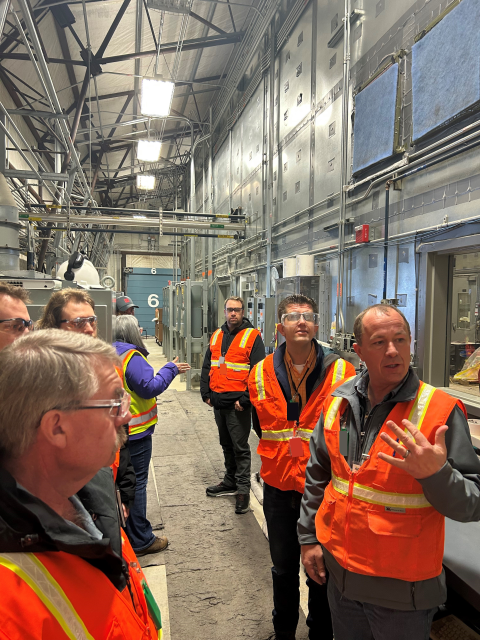
EM contractor Idaho Environmental Coalition (IEC) hosted a delegation from Canada’s cleanup program recently to share its environmental remediation and waste management successes and challenges at the Idaho National Laboratory (INL) Site.
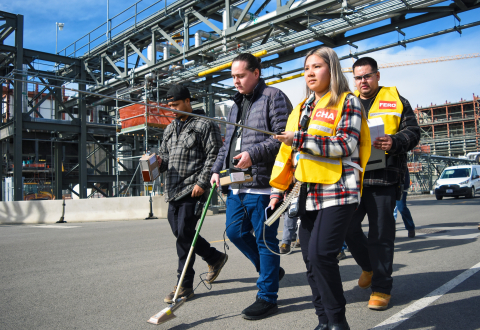
Hanford Site Waste Treatment and Immobilization Plant (WTP) staff recently performed an emergency preparedness drill simulating a response to an ammonia leak.

